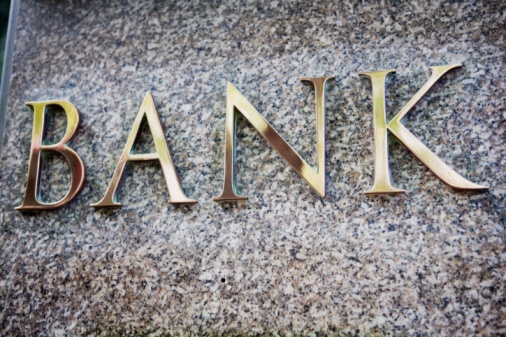Banking, finance, and taxes
S&P Downgrades Gaggle of European Banks
Published:
Last Updated:

The ratings change was spurred by the approval by the European Parliament of the European Union’s Bank Recovery and Resolution Directive on April 15. Essentially the directive leaves the banks’ senior unsecured creditors holding the bag when “extraordinary” government support for the banks disappears in January 2016.
In other words, the European banks will no longer use taxpayer money to bail out a failing bank. To S&P that means that government support for the banks will diminish over time and it raises questions about whether and for how long European governments would be able to support senior unsecured creditors. That unpredictability led to the downgrade.
Some of the banks affected by the lowered outlook are ABN Amro, Bank of Ireland (NYSE: IRE), Barclays PLC (NYSE: BCS), Credit Suisse Group Ltd. (NYSE: CS), Deutsche Bank A.G. (NYSE: DB), ING Bank and UBS A.G. (NYSE: UBS).
In its review of Deutsche Bank, for example, S&P noted, “[W]e consider that Deutsche Bank has ‘high’ systemic importance to Germany, which we view as ‘supportive’ of private-sector commercial banks.” But regarding the outlook downgrade S&P said:
The negative outlook indicates that we may lower the ratings on Deutsche Bank by year-end 2015 if we believe there is a greater likelihood that senior unsecured liabilities may incur losses if the bank fails. Specifically, we may lower the long-term counterparty credit rating by up to two notches if we consider that extraordinary government support is less predictable under the new EU legislative framework.
S&P’s outlook downgrade recognizes the fact that without government backing, these banks will have to depend on their creditors to make good the losses. Just a word to the wise at this point.
ALSO READ: Why National Bank of Greece Capital Raise Maybe Not Enough
The last few years made people forget how much banks and CD’s can pay. Meanwhile, interest rates have spiked and many can afford to pay you much more, but most are keeping yields low and hoping you won’t notice.
But there is good news. To win qualified customers, some accounts are paying almost 10x the national average! That’s an incredible way to keep your money safe and earn more at the same time. Our top pick for high yield savings accounts includes other benefits as well. You can earn up to 3.80% with a Checking & Savings Account today Sign up and get up to $300 with direct deposit. No account fees. FDIC Insured.
Click here to see how much more you could be earning on your savings today. It takes just a few minutes to open an account to make your money work for you.
Thank you for reading! Have some feedback for us?
Contact the 24/7 Wall St. editorial team.